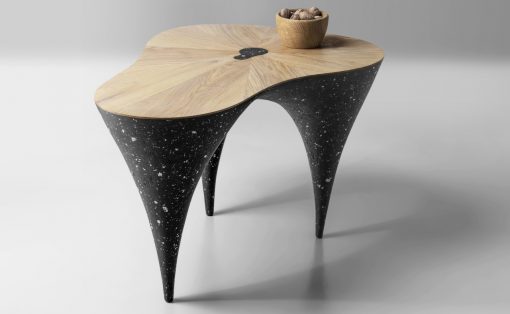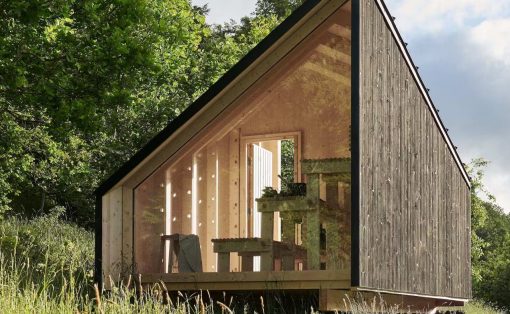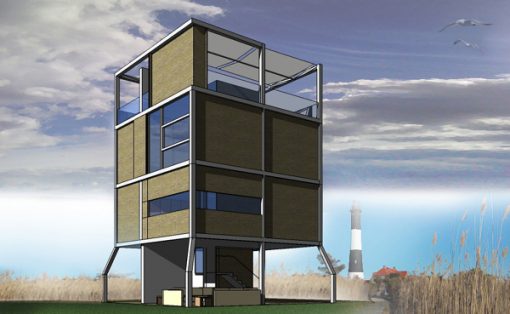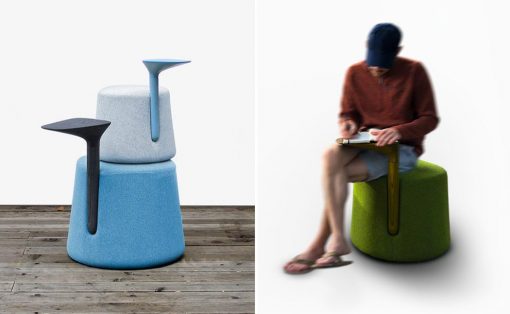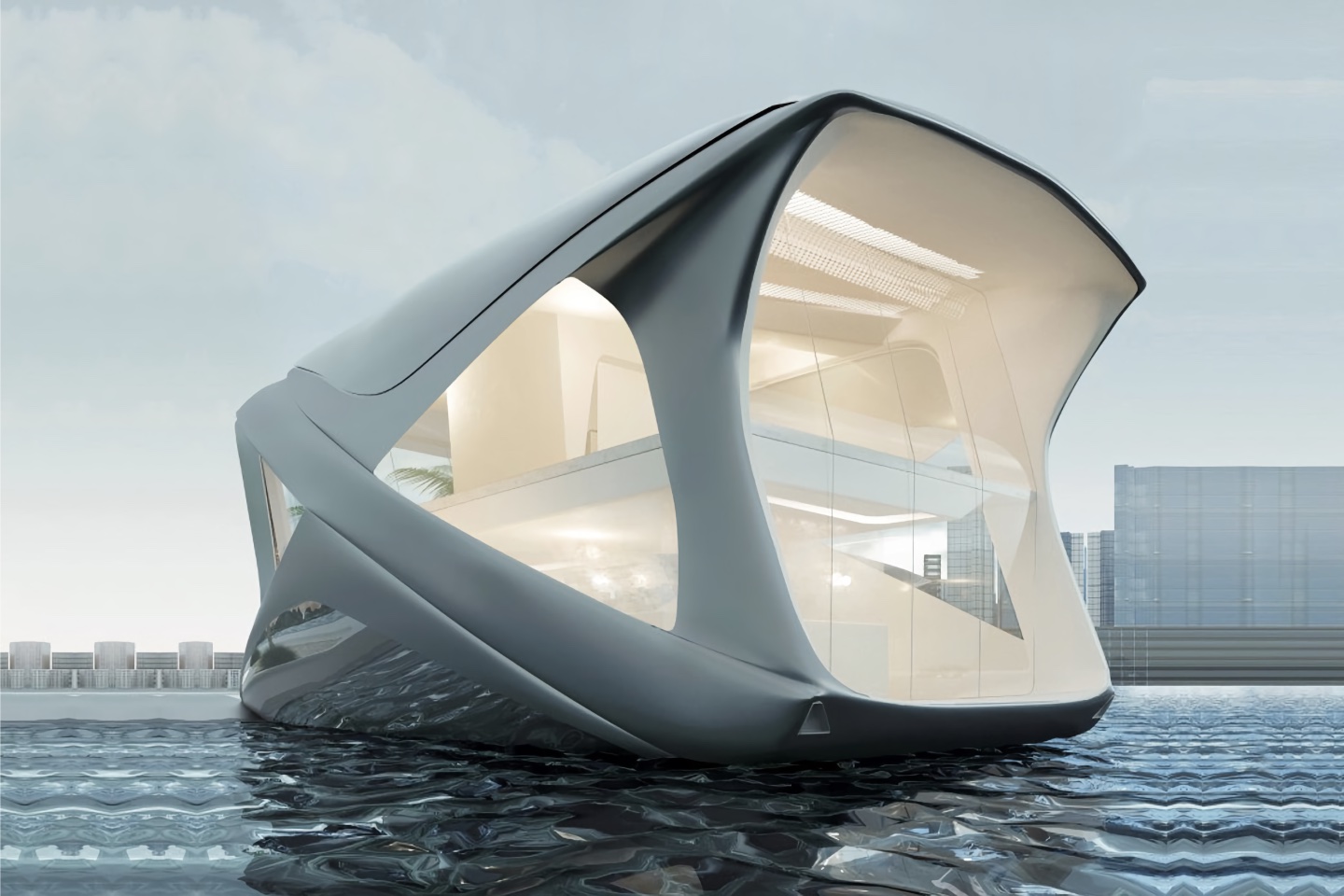
Global warming is no joke, and with climate change becoming a reality, and sea levels steadily rising, there may come a time when floating structures may be the only kind of architecture that can exist. We will have to make the shift from land to water, but hopefully not anytime soon. And architects are taking this task extremely seriously! They’re getting even more creative and inventive with floating architecture! Hotels, cinemas, man-made islands, and even greenhouses can be seen idly floating on water bodies all over the world. And I do believe there is something truly extraordinary about a structure seamlessly floating on water without any real support. It’s a mystery to me, and I’m always trying to dive into the science of it. And, we’ve curated a collection of designs to celebrate these architectural wonders! From the world’s first solar-powered luxury yacht which is actually a floating villa to a prefabricated floating sauna – these floating structures are the sustainable solutions we need to fight rising sea levels in the future!
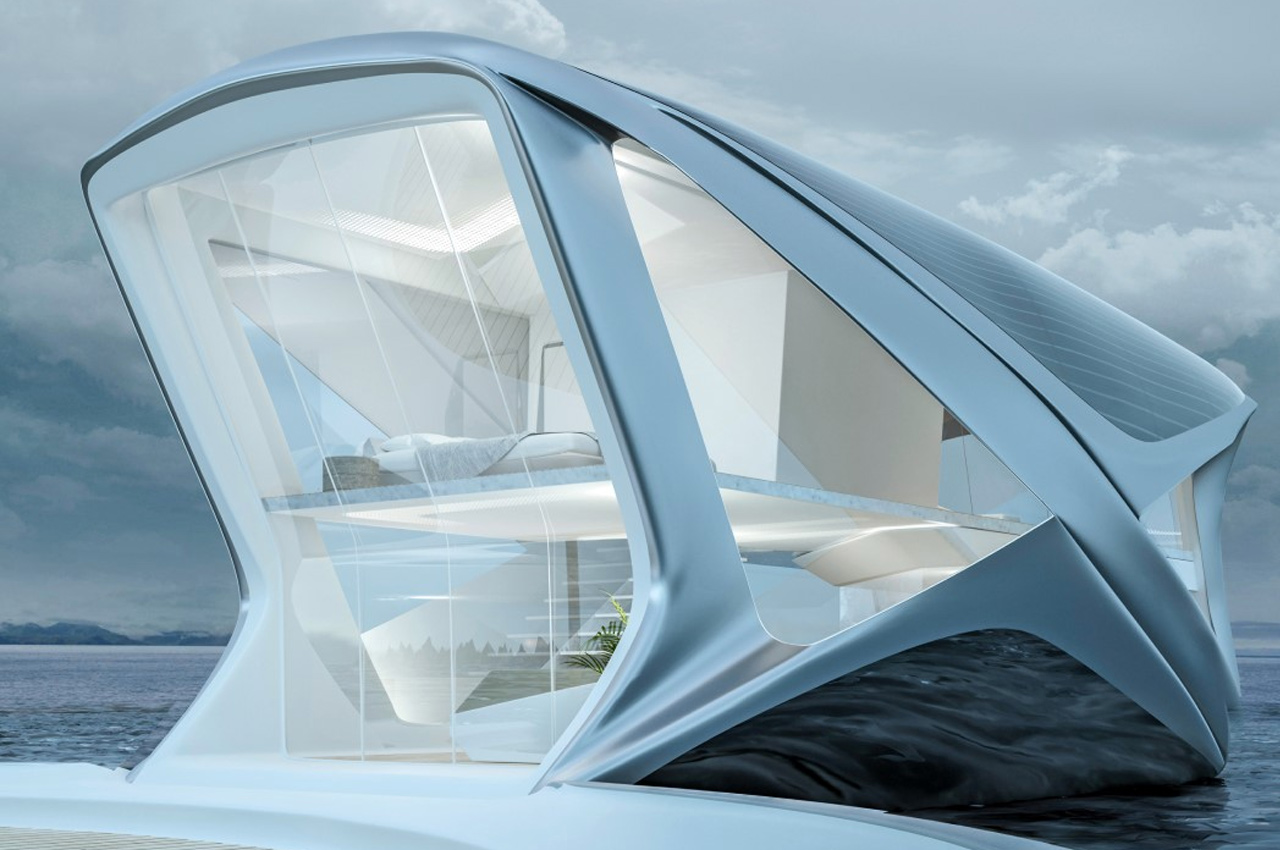
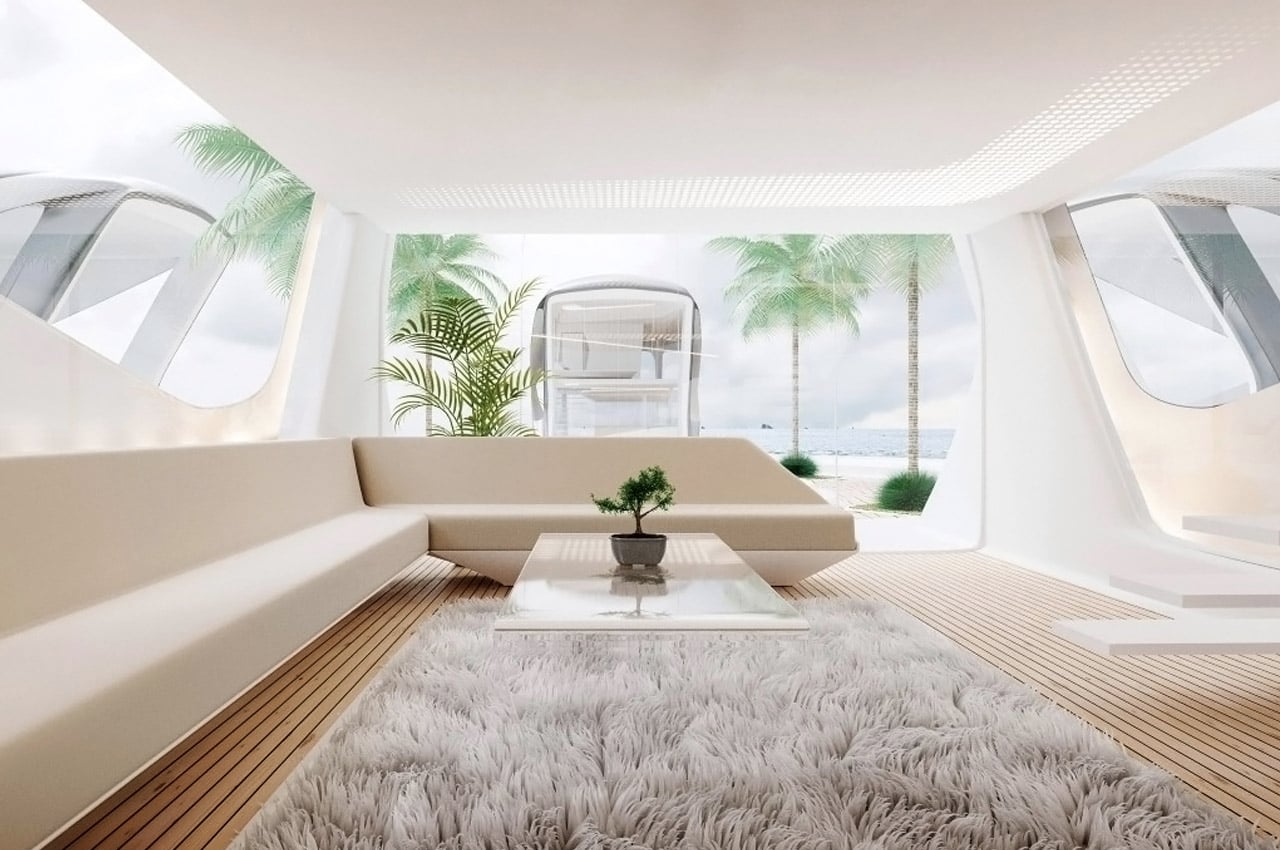
The idea of the Ocean Community vessel is to extend a city’s coastline. By existing not more than 800 meters from the coast of a city, the dwellers of the Ocean Community can easily make their way to the city to access facilities and enjoy a normal city life before heading back to their sea-based home. “The creation of these new structures will serve as fully functional living spaces connected with existing land infrastructure so that new ocean communities become a natural extension of coastal cities,” says Morsztyn, designer of the Ocean Community concept. The vessels will also rely on the abundance of sun, water, and wind to harness the energy, helping them live off the coast but also off the electric grid.
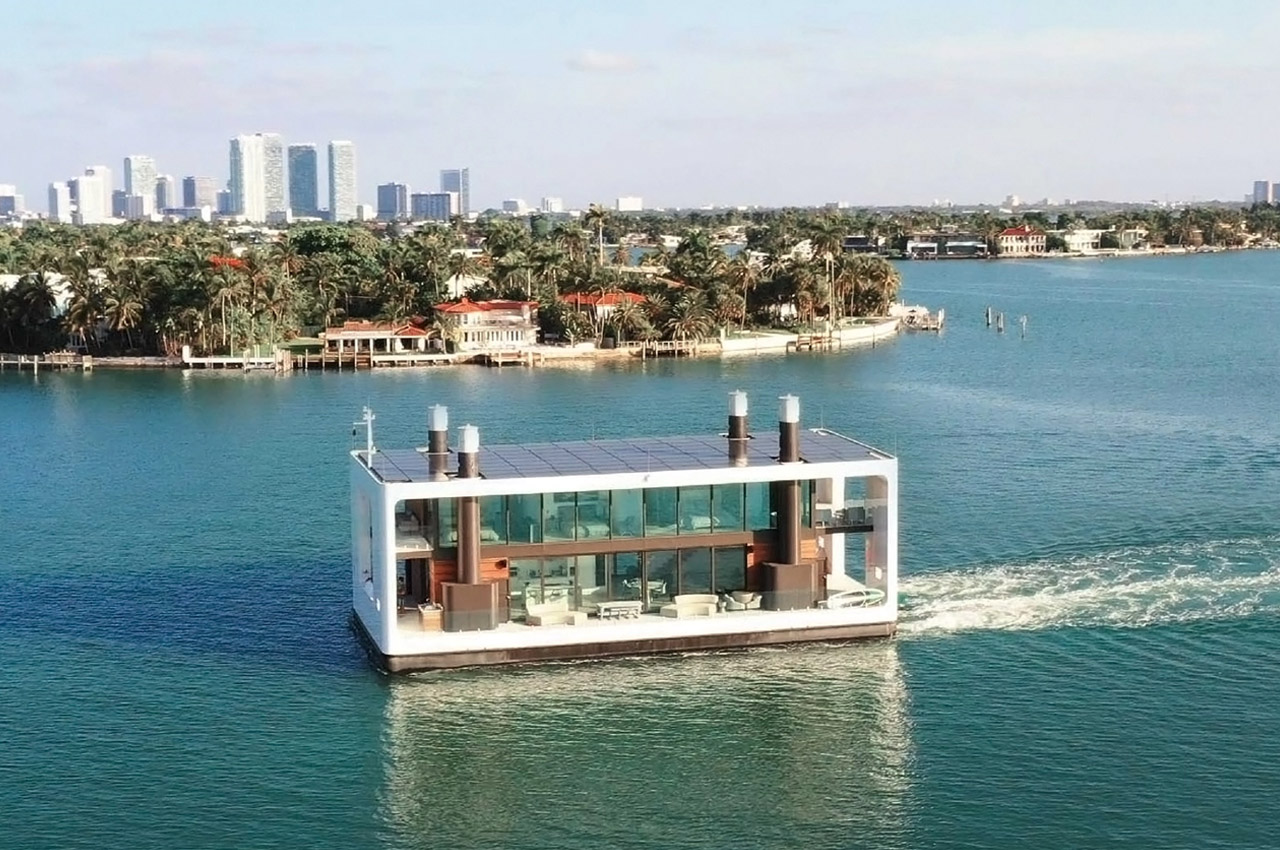
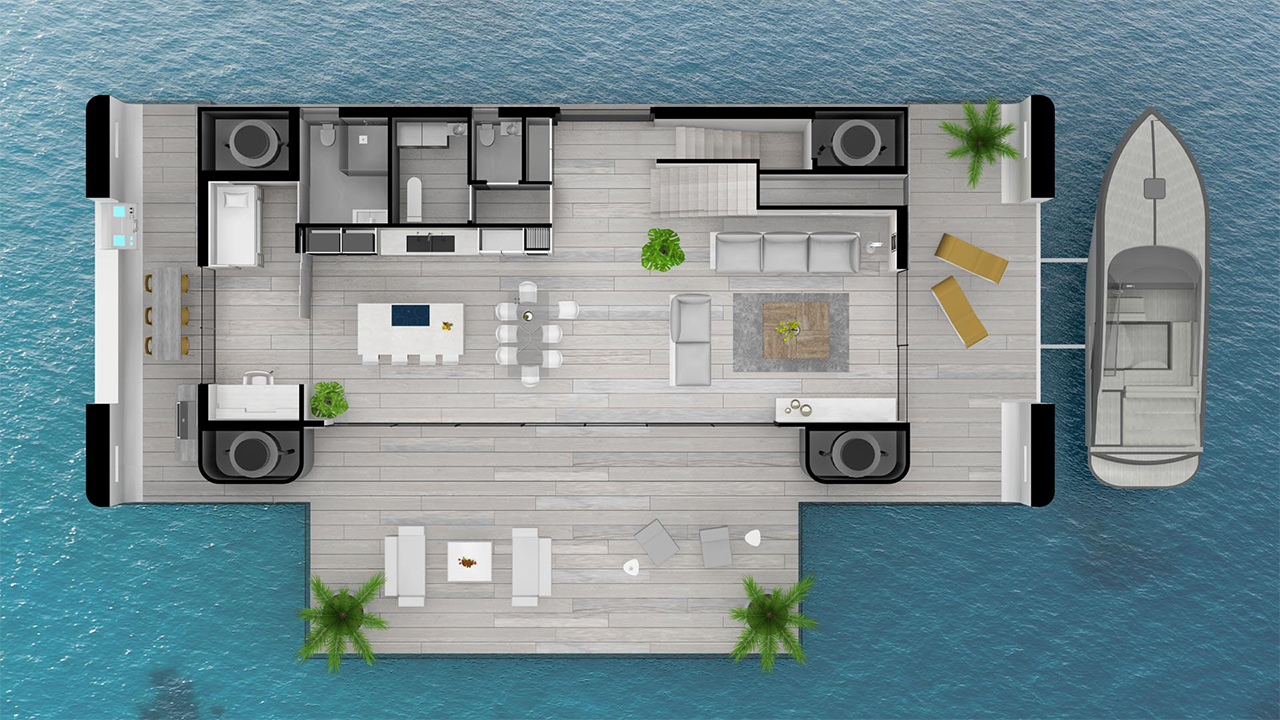
Called the Arkup 75, this flagship product combines luxury with off-the-grid living. Arkup 75 lets you live in comfort and luxury in total autonomy – enjoy life between the sea, the sky, and the city. The 75 feet long yacht has a total living space of 4,350 sqft! It is truly floating architecture and modern interior goals at its finest. Arkup is a game-changer for the hospitality market when it comes to self-sustainable, blue developments. floating and overwater eco-resorts a reality with the versatility to scale, configure, even relocate.
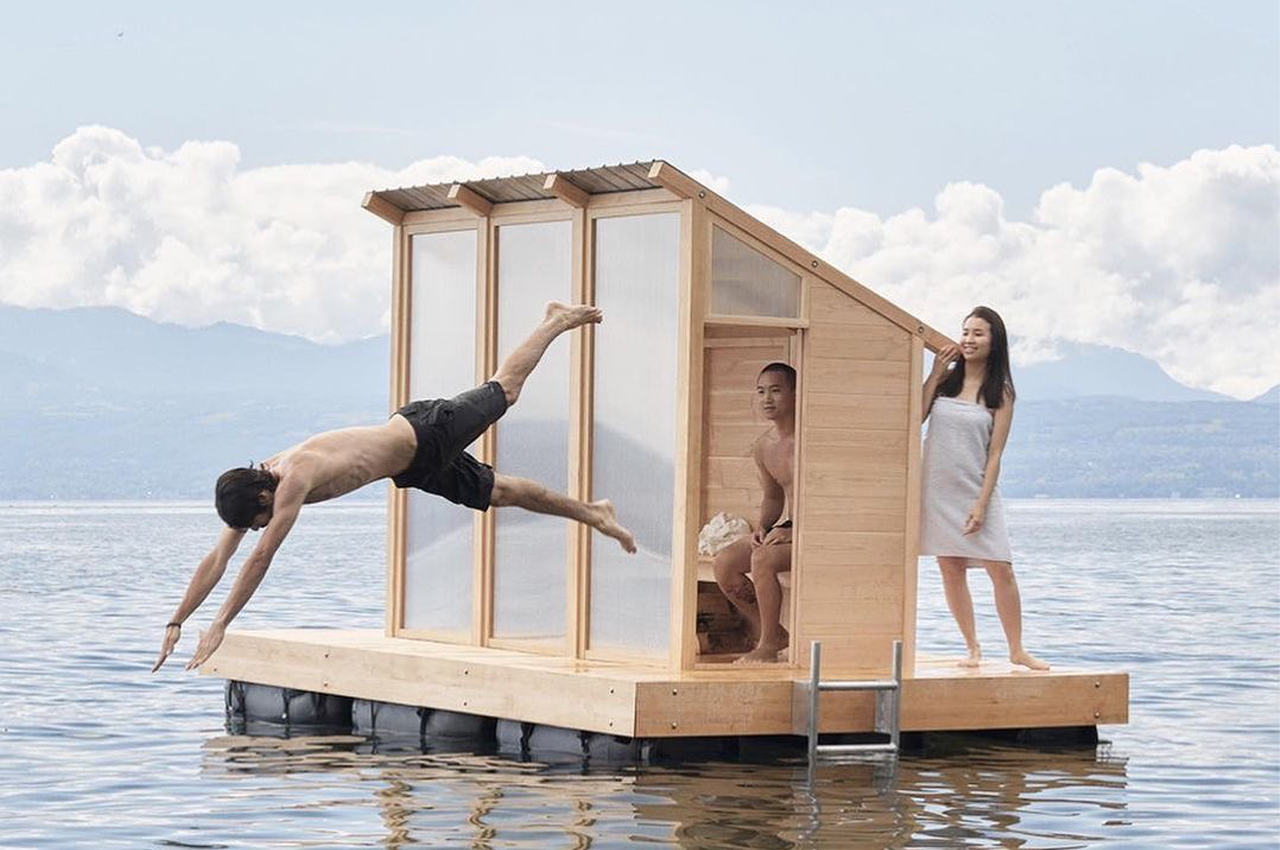
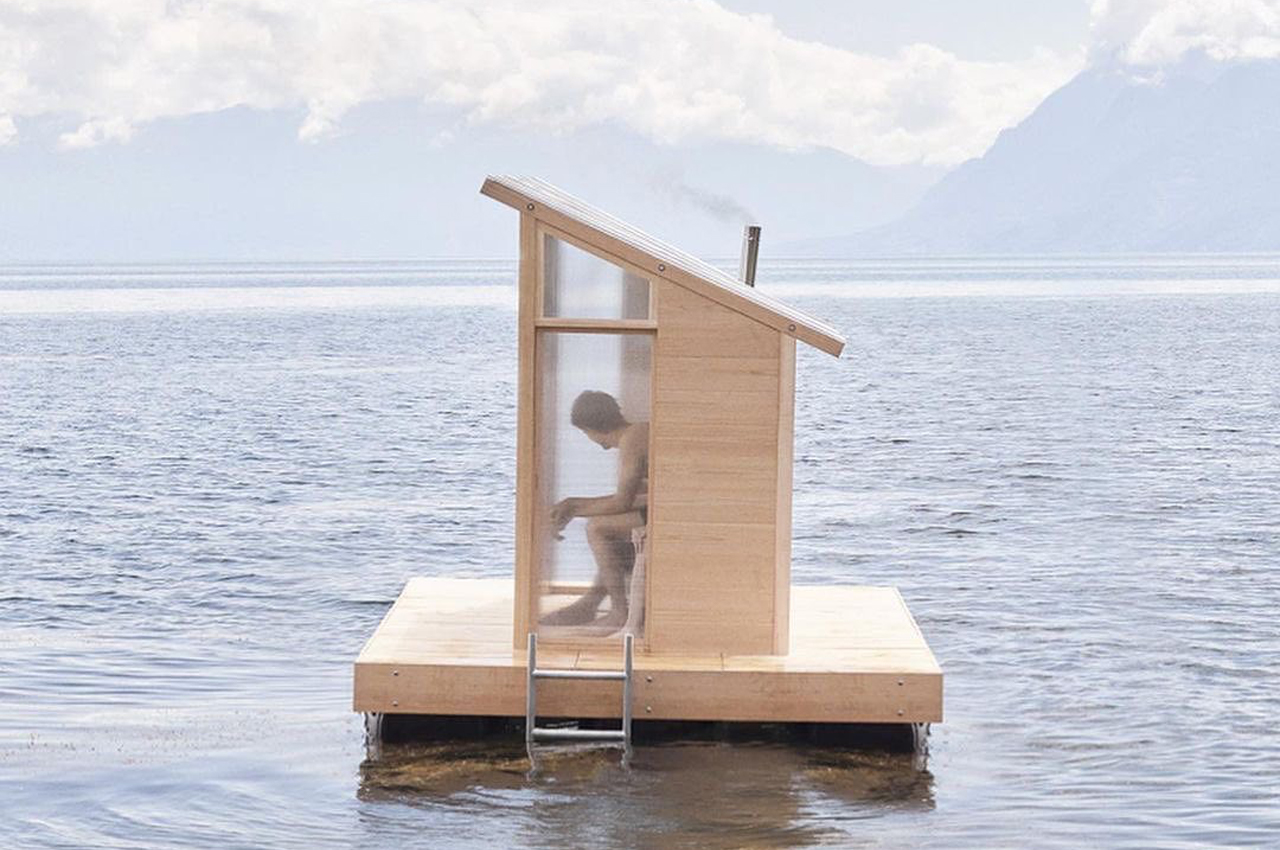
Löyly is a prefabricated floating sauna that can accommodate up to three people and comes with a built-in wood stove for summer afternoons spent seaside and basking in the heat. Built from Swiss wood, Löyly keeps an organic, unstained look and an overall clean and angled shape. The floating sauna features a shed roof that slopes up in one direction to create some headroom when standing. The roof seems to be formed from corrugated polycarbonate and the side paneling comes from a material similar to reeded glass film for a translucent look that also provides some privacy from the outside. Inside Löyly, a small bench allows seating for up to two to three people and the translucent window panes offer up-close views of the surrounding water and Swiss Alps in the distance.
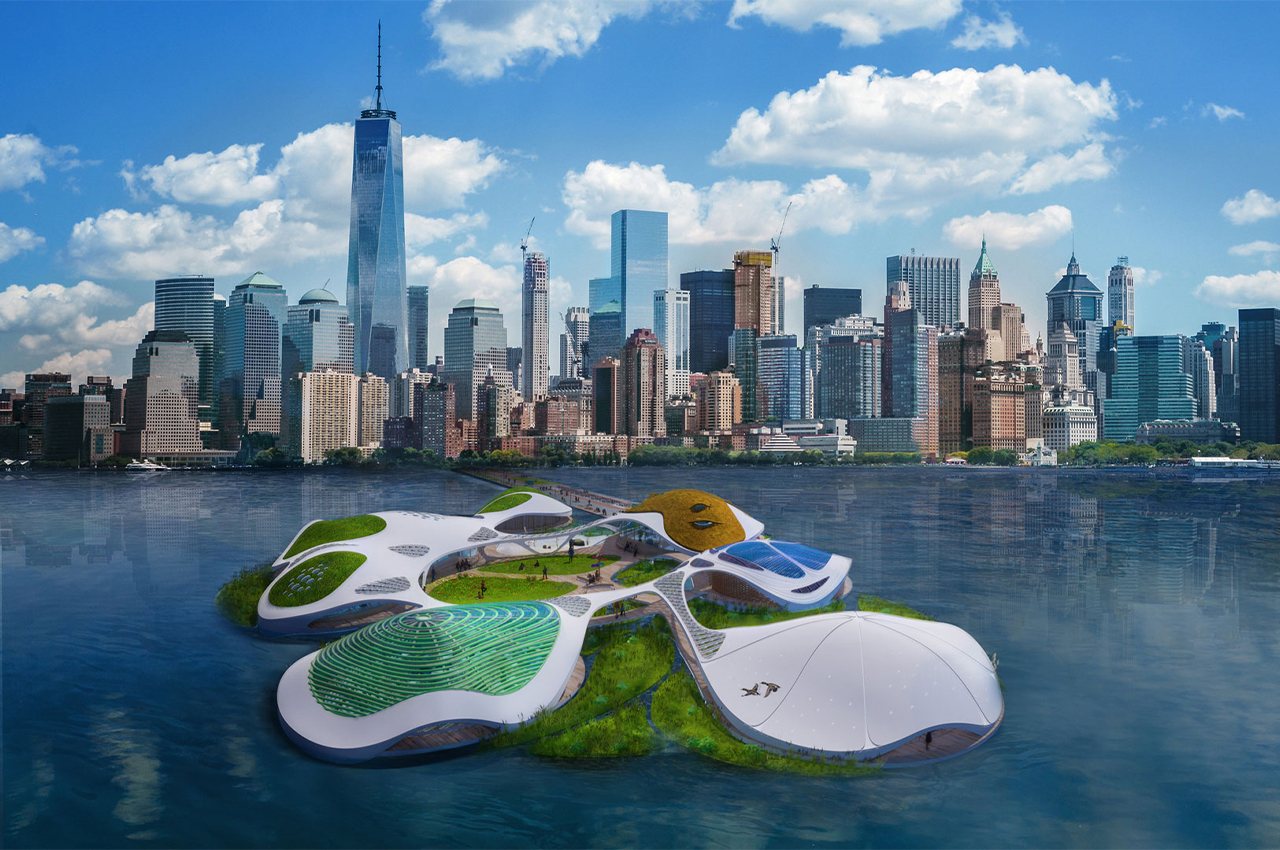
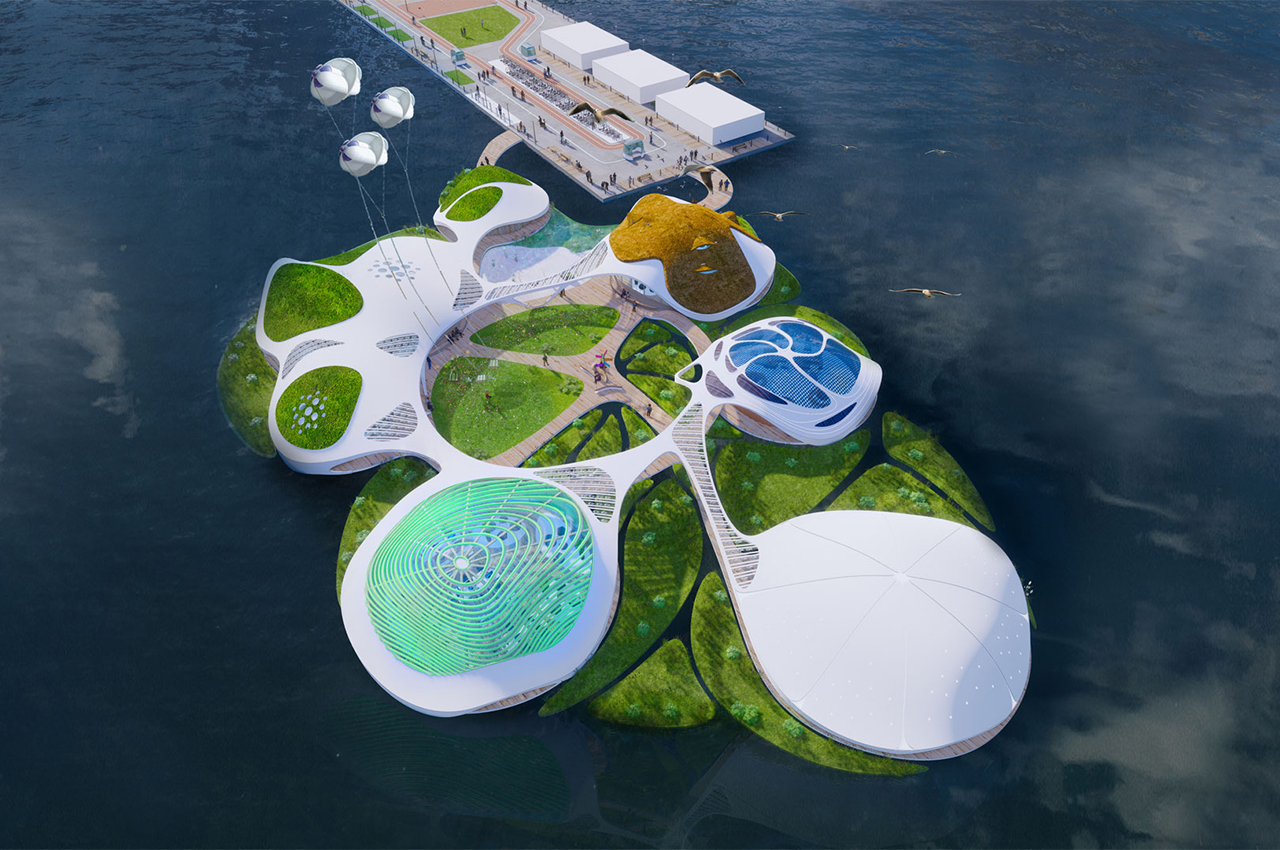
3deluxe designed We The Planet Campus (WTP) – a mobile, floating green platform off the Manhattan shoreline for convening international summits, workshops, and educational programs which focus on transforming our world for a better future! The fluid, organic form of the island was inspired by the natural elements surrounding it -water, sun, and wind, meanwhile, the biotope is also designed to give back as much as it takes from nature by generating its own energy and drinking water. The floating campus was commissioned by the New York-based organization ‘We The Planet’ (WTP). The campus is meant to be a communicative platform that facilitates the work for protecting all life on land and under the sea.
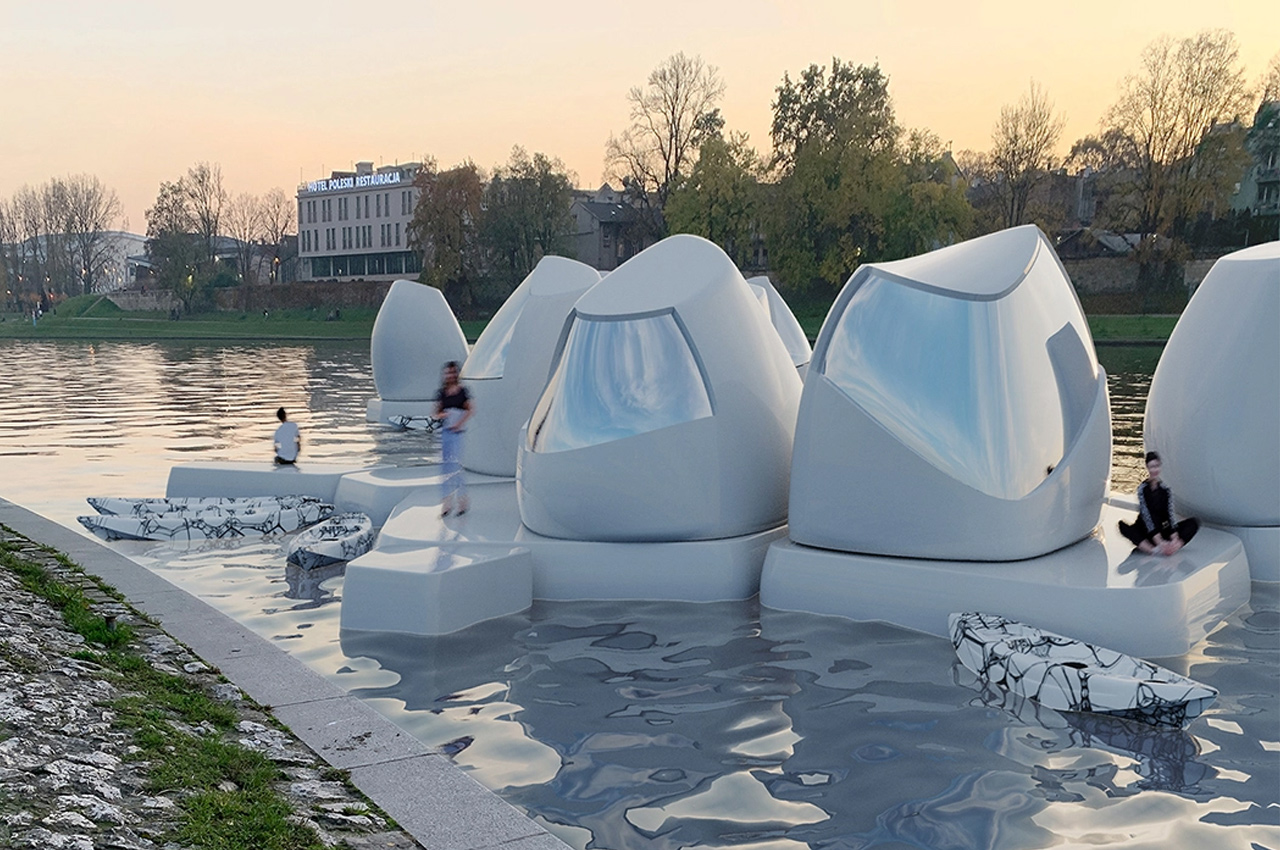
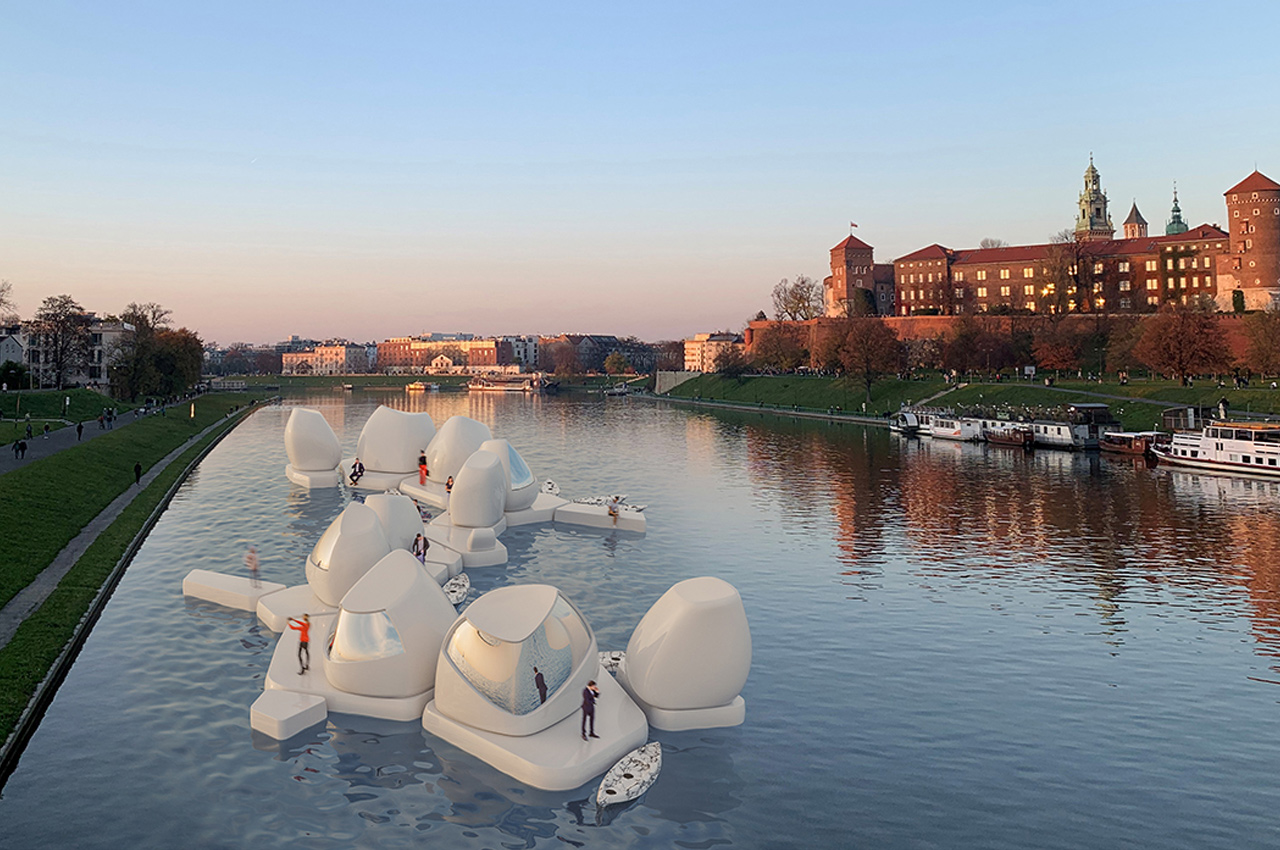
Forget waterfront offices, what about an office literally on the water? Think of Enclaves as office meets lazy river (productivity levels not included with the structure). Remote work and flexible lifestyle have seen a boom thanks to the pandemic, which has led to many innovative designs like this floating office pod which is a low-impact concept offering the best of views with maximum privacy for focus. Designer Agnieszka Białek who made this zen office pod, is a graduate of the Academy of Fine Arts in Kraków, Poland, which explains the picturesque theme. Białek was inspired by her usual pandemic strolls (which were the highlight of all our lives) along the Vistula River and thought of how cool it would be to have floating co-working spaces that would have no footprint on the land. You will have to use a kayak to get to the pod, effectively eliminating any disturbance people
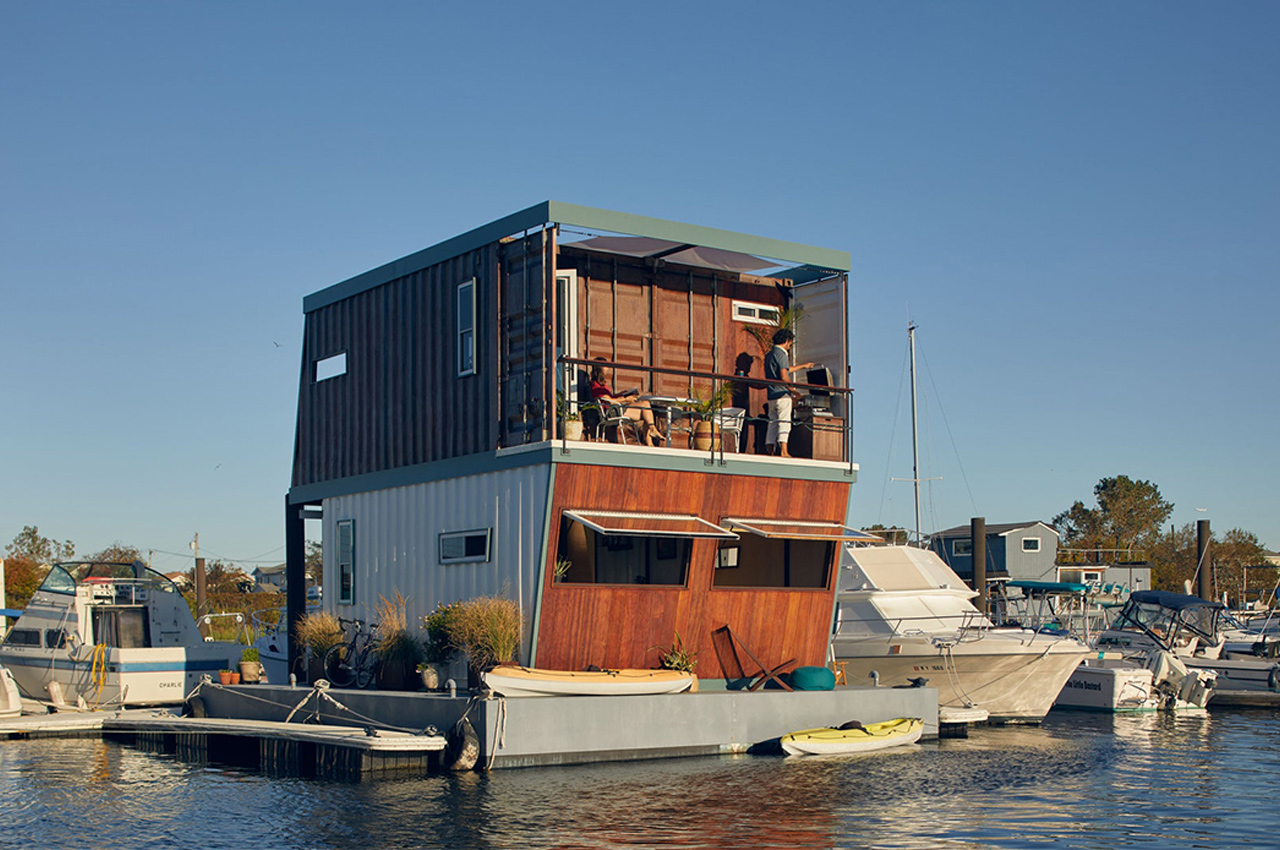
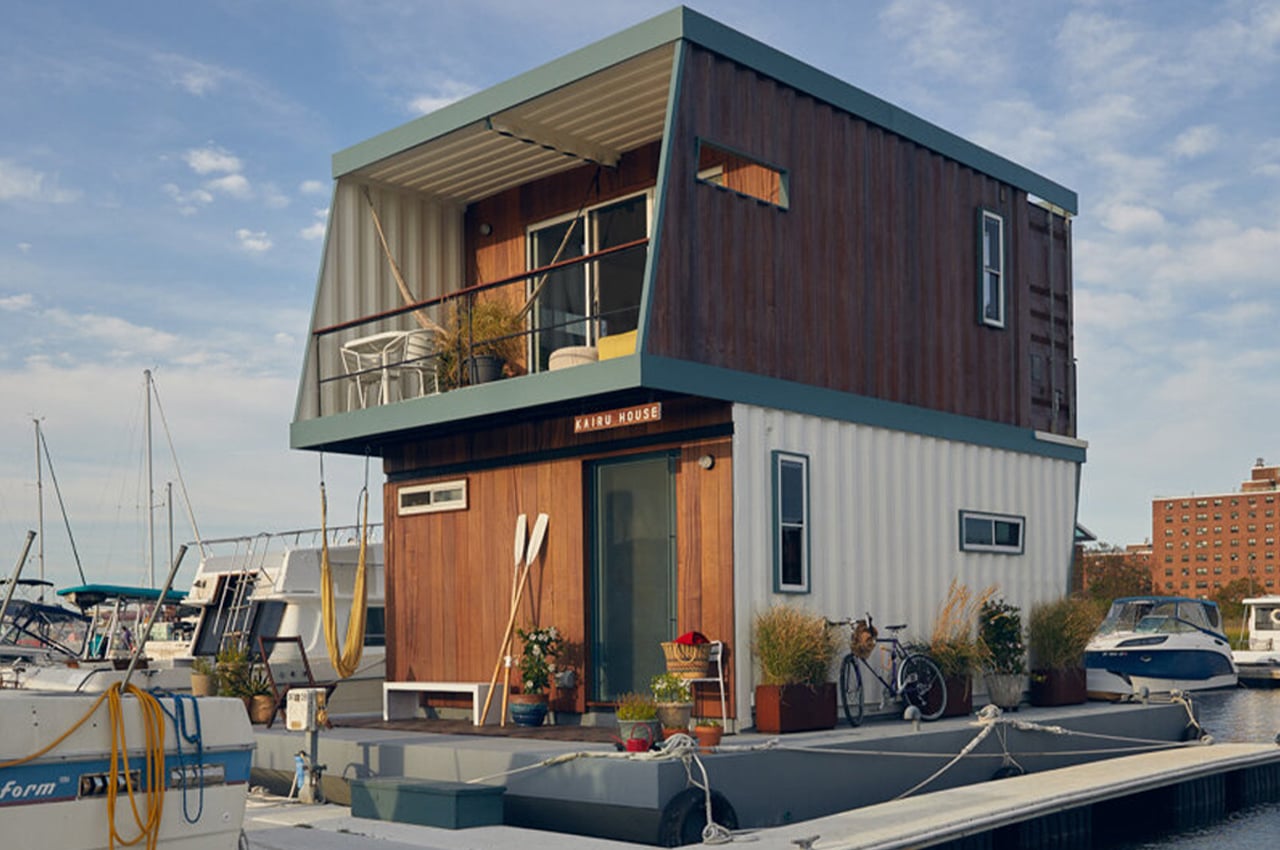
This two-story home crafted from shipping container materials and Sapele wood is designed to rise and fall with the natural changes in sea level as we battle climate change. Kairu is a variation of the Japanese word for frog which is an homage to the water-based home. The area is still recovering from Hurricane Sandy even after a decade and could use innovative reconstruction. That is where Kairu House comes in as an affordable, sustainable, and resilient home. It will become the primary residence for the founder and principal architect of Rekstur and his family. The main building is made of two 40-feet-tall shipping containers. The repurposed containers are cut in half (diagonally) and stacked on top to make separate floors.
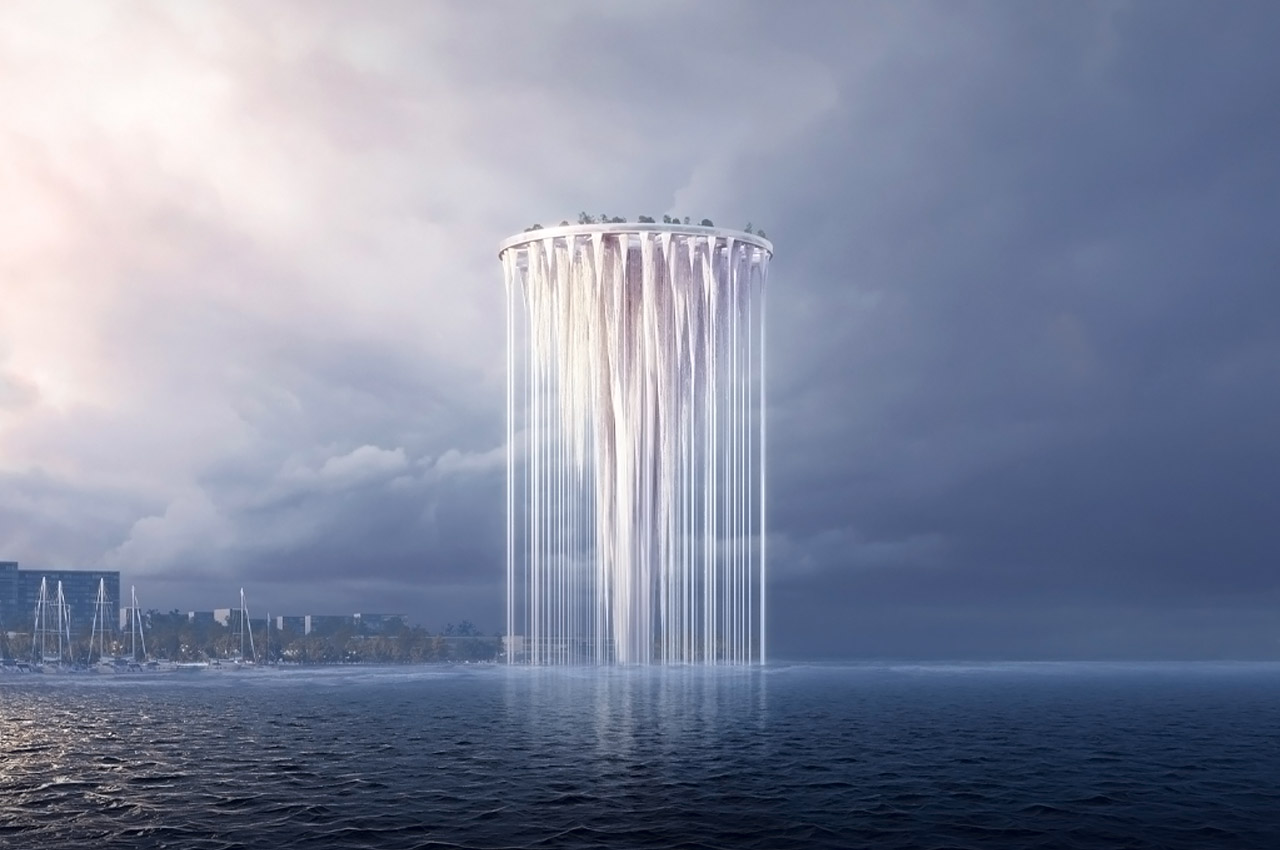
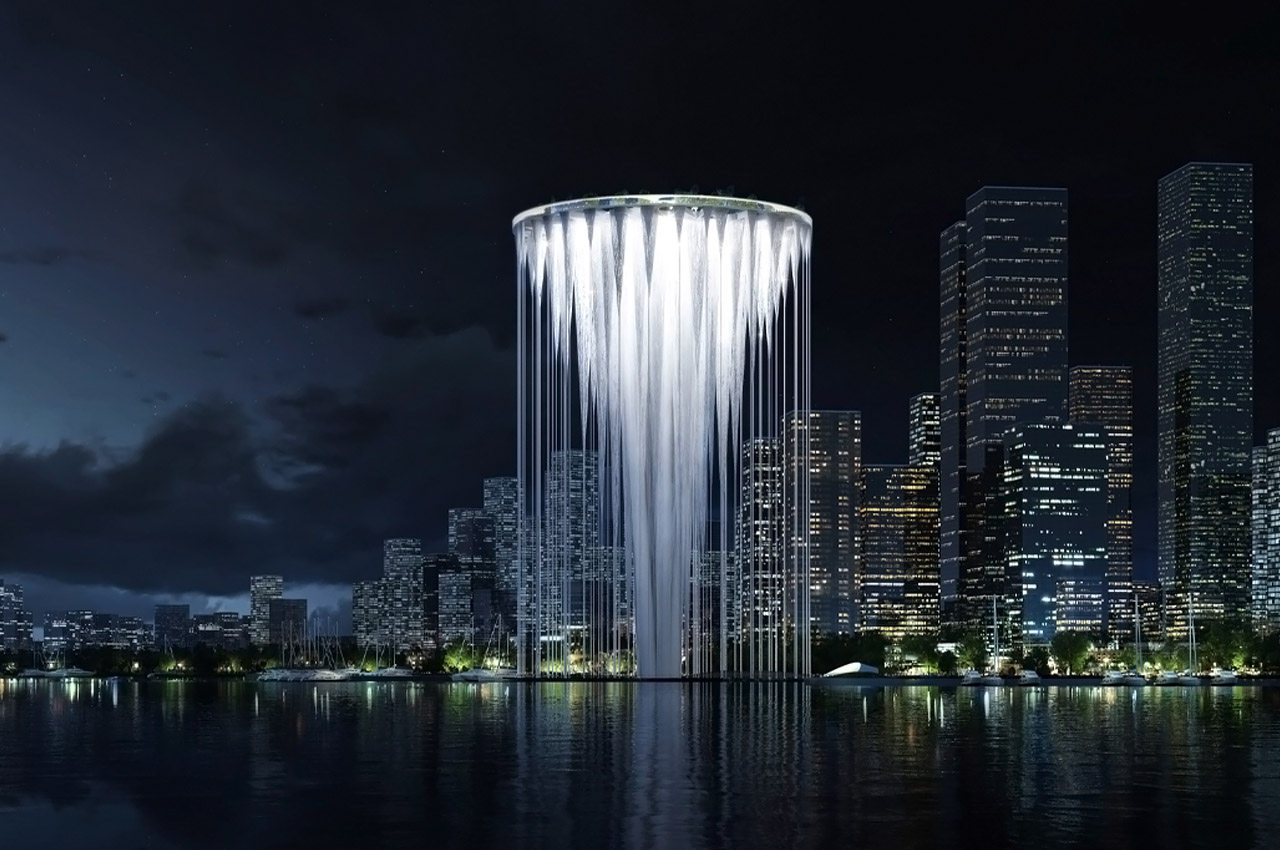
In the Qianhaiwan district of Shenzhen, China, the winning architectural design for the city’s New City Center Landmark competition has been given to Sou Fujimoto Architects for their floating water tower. Slated for ascent in Qianhai Bay, the new tower will appear almost like a freestanding, cylindrical water fountain. Rising to 268-meters in height, Sou Fujimoto Arhcitects’s tower will feature 99 pillar-like support beams, or “islands,” to carry the tower’s upper horizontal structure. Starting from the bay and moving towards the round upper deck, the pillars of the new tower gradually expand in width and stature to close in on the design’s symbolic ode to “the future of society in the age of diversity.”
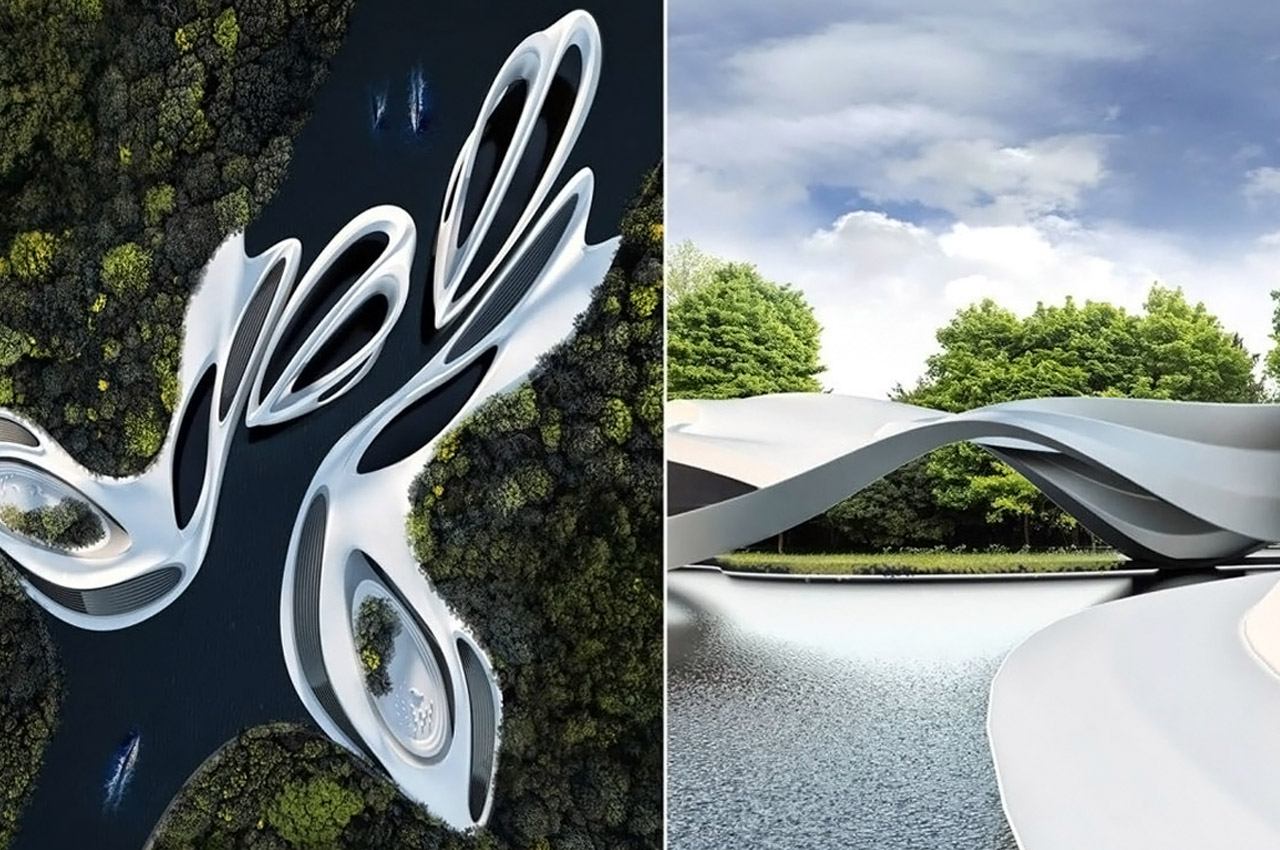
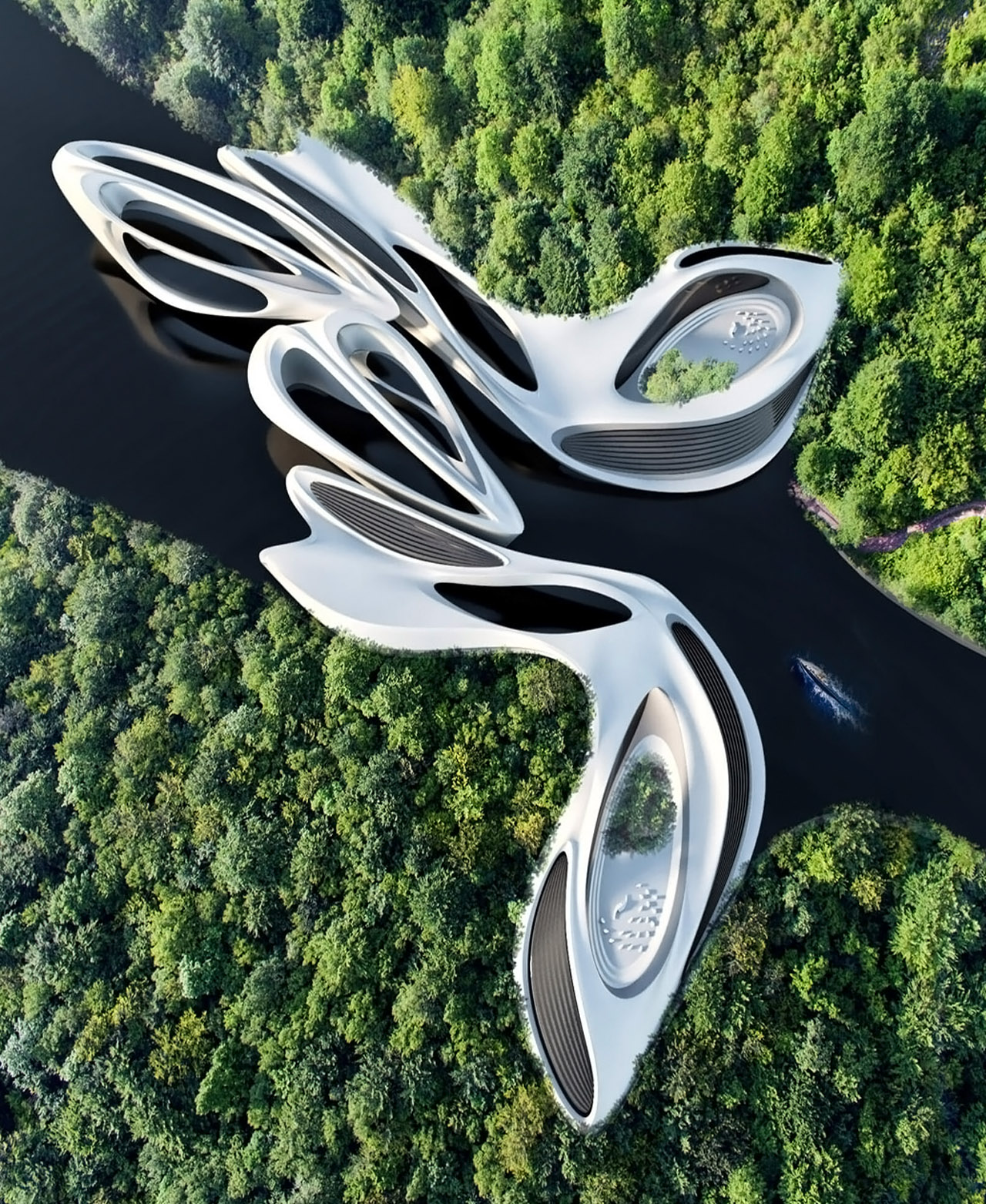
Naskov intends for Yacht Hub to be a hospitality resort, floating on an artificially planted forest canal! Tucked amongst lush greenery, and casually placed upon a serene waterbody, the resort is inspired by the form of a Yacht! Aerial images of the structure display how similar it is to a yacht – from its sleek curves to the white sheen of its body. The resort will feature a yacht station, wherein the yachts that take you to the resort can dock. Though the main area of the resort, where the guests will stay, is placed upon the banks of the waterbody, the guests can walk and stroll around on the floating platforms. It’s as close to the water you can get, without actually dipping into it. The vast variety of plants and greenery add to the tranquil and peaceful environment of the resort.
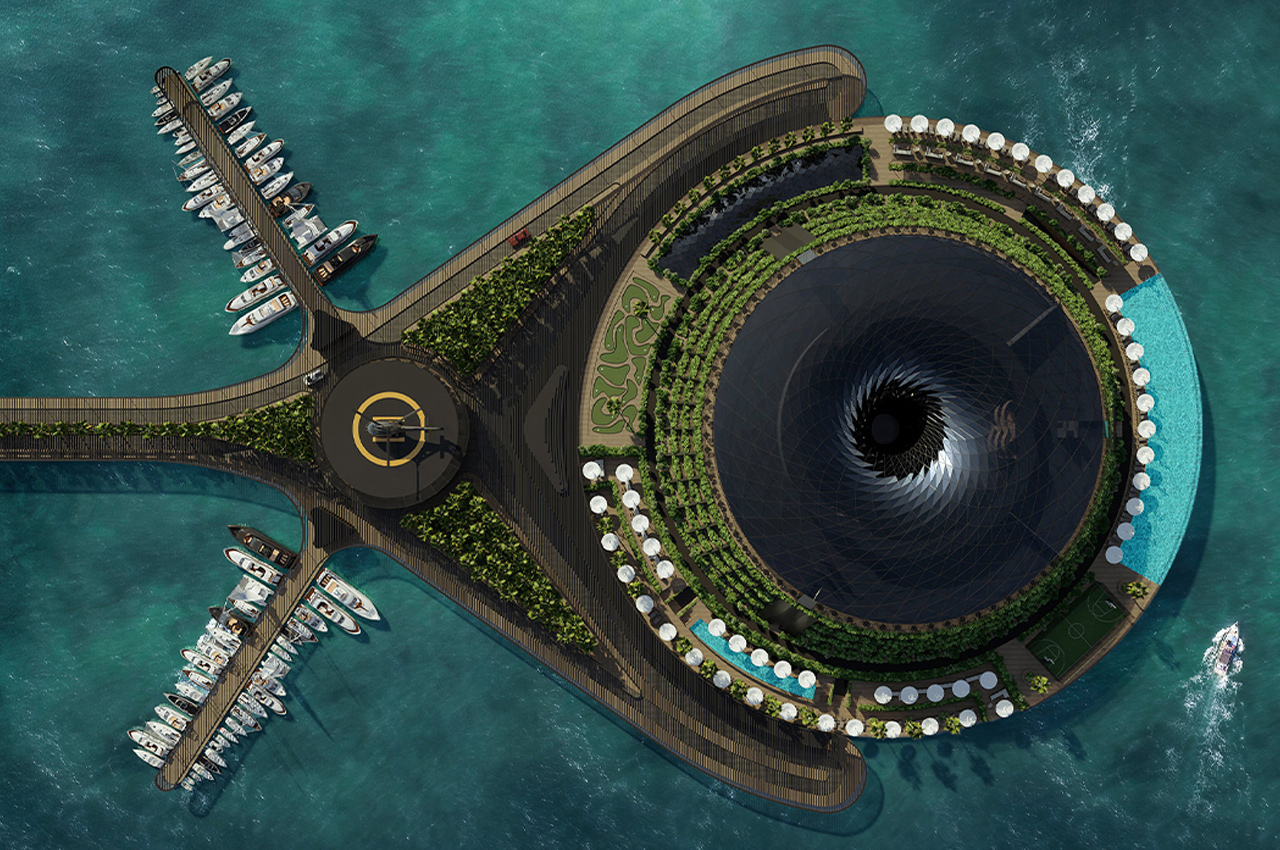
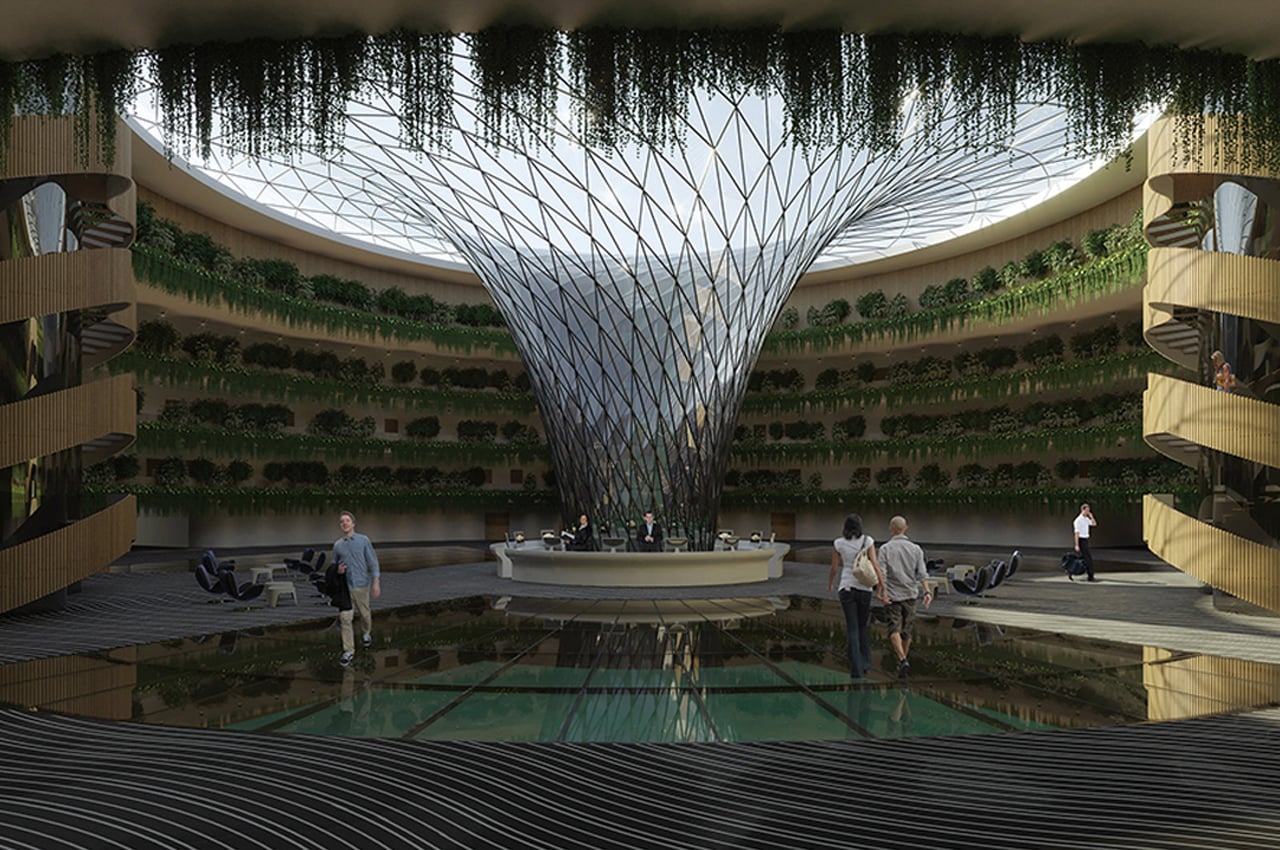
This Eco-Floating Hotel in Qatar is raising the bar for eco-friendly travel and tourism! Powered by wind + solar energy, it also features tidal sustainability mechanisms and a revolving restaurant to give you ALL the best views. Designed by Hayri Atak Architectural Design Studio (HAADS), the hotel would span over 35,000 sq m (376,000 sq ft) and house 152 rooms. The giant glass donut-shaped structure has a lush green cover integrated into its exterior and a mesmerizing indoor waterfall with a huge vortex-like glass roof. Sustainability is at the core of this project, and all of the design details are centered around it. For example, the vortex shape of the roof will actually be used to collect rainwater for irrigation and more, while solar panels + wind turbines will provide clean energy.
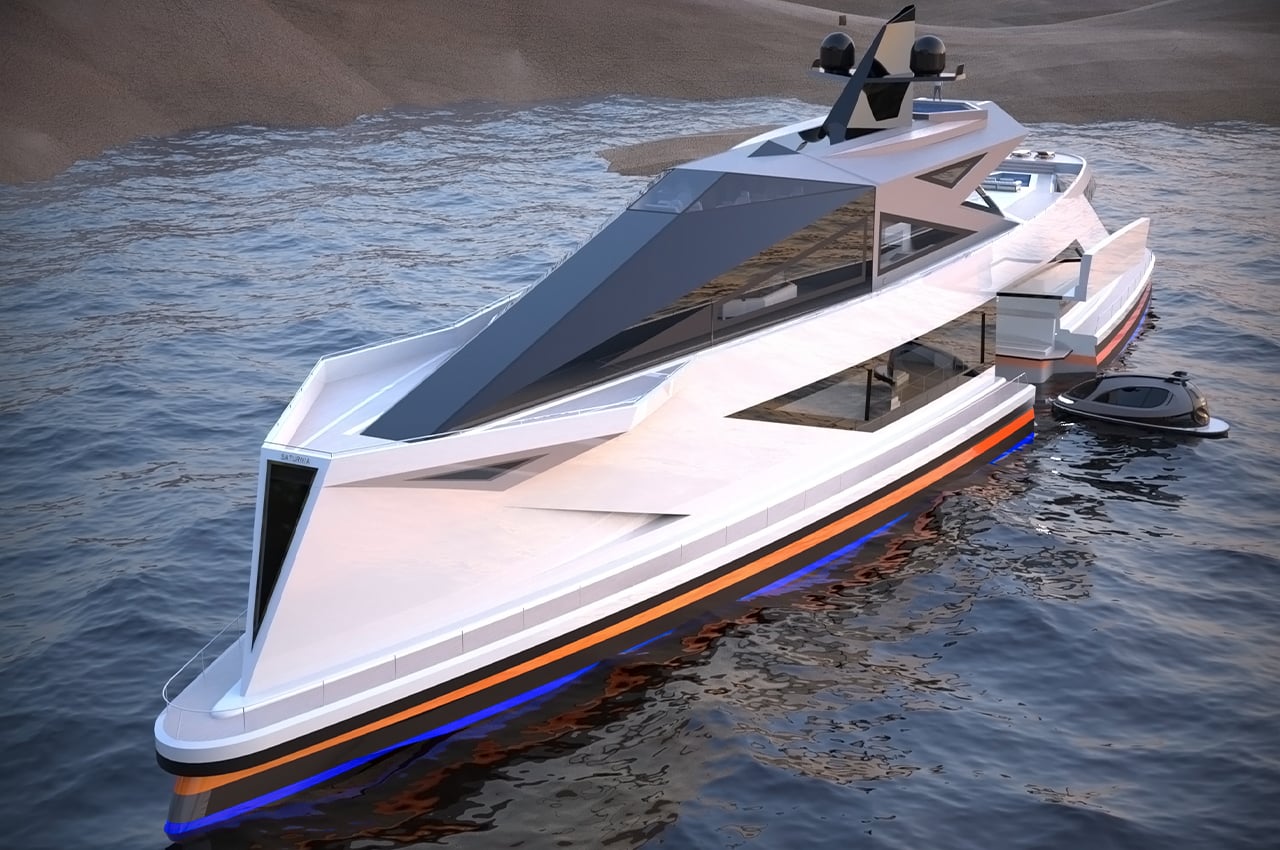
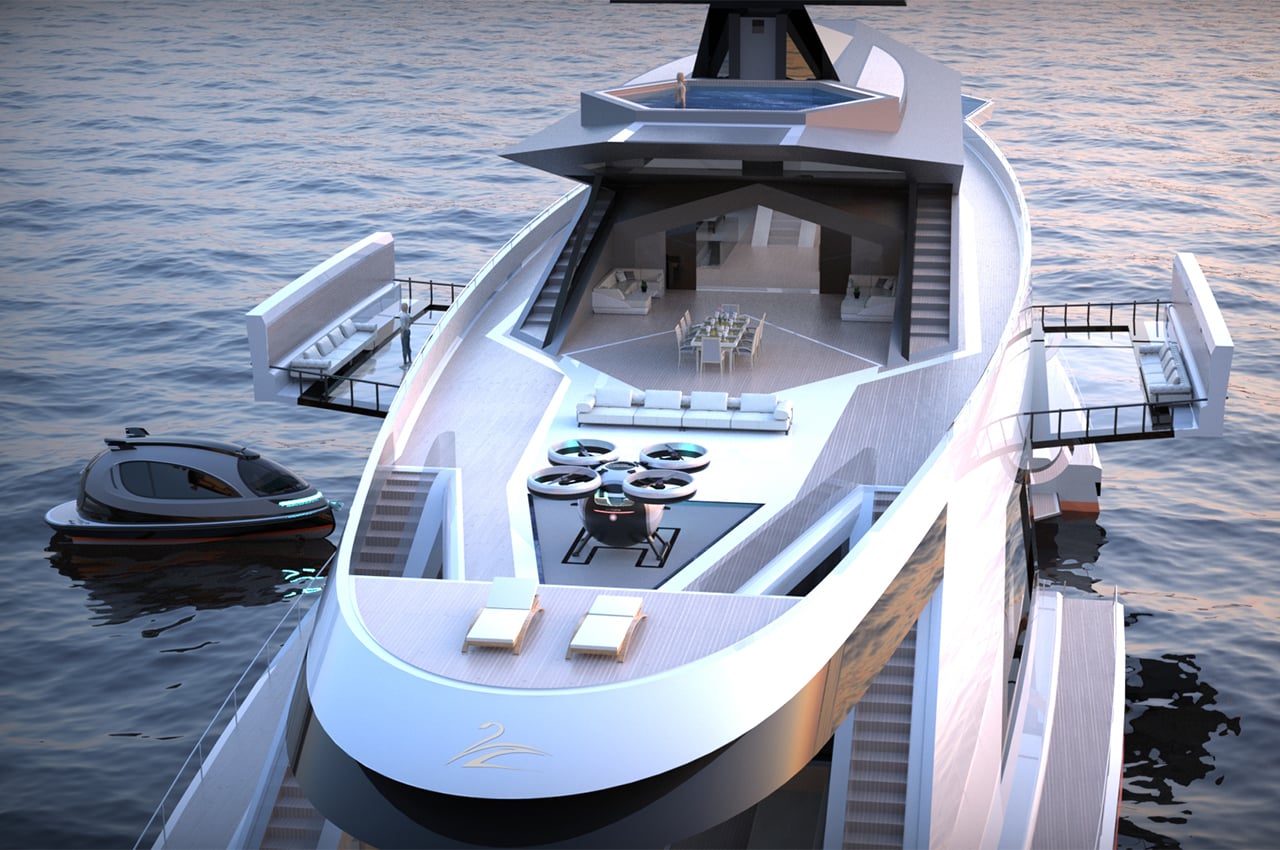
Saturnia’s main body is subdivided into five floors with an additional area at the top for the antennas. The superyacht can be configured into different layouts to host 10-20 guests in suites along with 20 crew members while also serving as a floating seaport. The concept showcases an all-around walkable deck area with openings on both sides that lift up to reveal the private port which makes Saturnia stand out from the competition. Small tenders with up to 1.5 meters of a draft can moor inside the private port or be easily loaded while the yacht is navigating making it the perfect cruise vessel with the added expansion.



